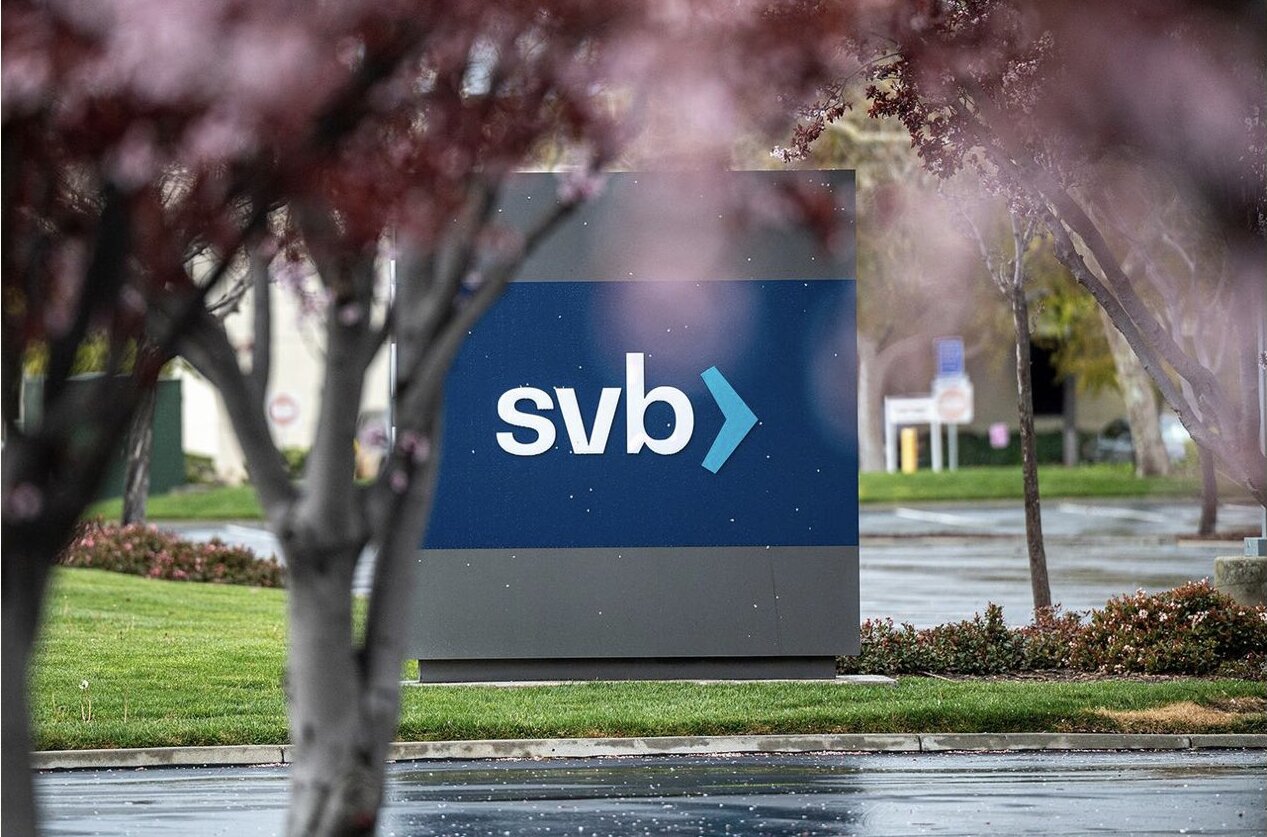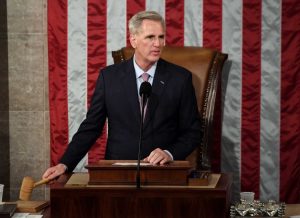This week, the go-to bank for American software startups abruptly collapsed, placing its influential clients and investors in a precarious situation. Federal authorities took control of Silicon Valley Bank after it collapsed Friday morning due to an unexpected bank run and capital problem.
This failure is the biggest financial institution disaster since Washington Mutual went under at the peak of the economic meltdown more than ten years ago. The results were felt right away.
Many businesses that had links to the bank hurried to pay their staff and worried they could have to halt operations or lay off or furlough people until they could retrieve their assets.
Also Read: UK economy shrinks by 0.2% in third quarter as recession looms
Why did it fall?
Silicon Valley Bank was established in 1983 and specialized in lending to tech businesses. About half of the American venture-backed technology and healthcare startups received funding from it.
The SVB ran into a classic bank run on Friday. To further clarify, a number of factors combined to bring down the lender.
Firstly, the Federal Reserve started hiking interest rates a year ago in an effort to control inflation. As a result of the Fed’s aggressive actions and rising borrowing costs, the momentum of tech equities, which had aided SVB, was weakened.
Also Read: Daylight saving time: Did clocks change last night?
The value of the long-term bonds that SVB enjoyed during the period of extremely low, almost zero interest rates also decreased as interest rates rose.
Moreover, startups were forced to draw down SVB financing as venture finance started to dry up. Hence, at the same time as customer withdrawals were picking up speed, the bank was waiting on a pile of unrealized losses in bonds.
There are still two significant difficulties with Silicon Valley Bank, but both of them could cause other problems if not addressed soon.
Also Read: Who is Tiara Mowbray, suspect in Hermitage Walmart ‘road-rage-related’ shooting?
The huge deposits at Silicon Valley Bank are the most pressing issue. The bank’s deposits must all be released as soon as possible and in a systematic manner. The SVB also needs to find a buyer. The assets of a bankrupt bank are typically acquired by a stronger bank, but in this case, no stronger bank has expressed interest yet.
If the remaining funds can’t be provided immediately, there might be a significant economic ripple impact in the Bay Area and the technology startup community.







